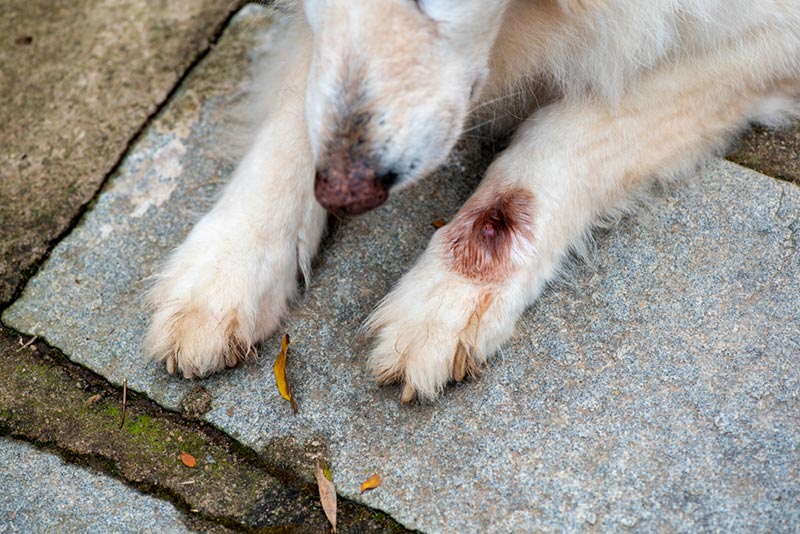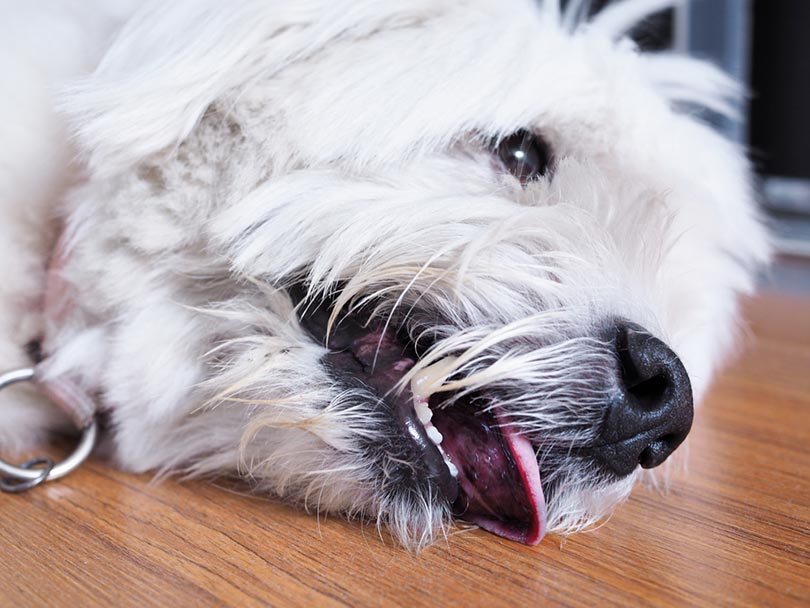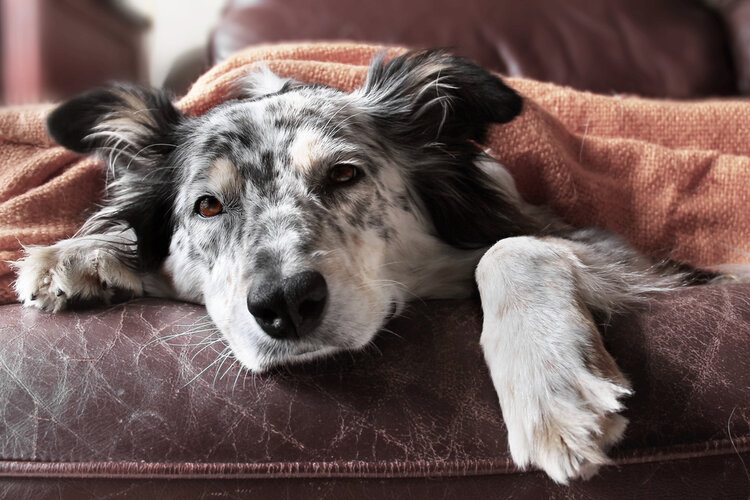Cleft Palate in Dogs: Signs, Causes & Care (Vet Answer)
Updated on
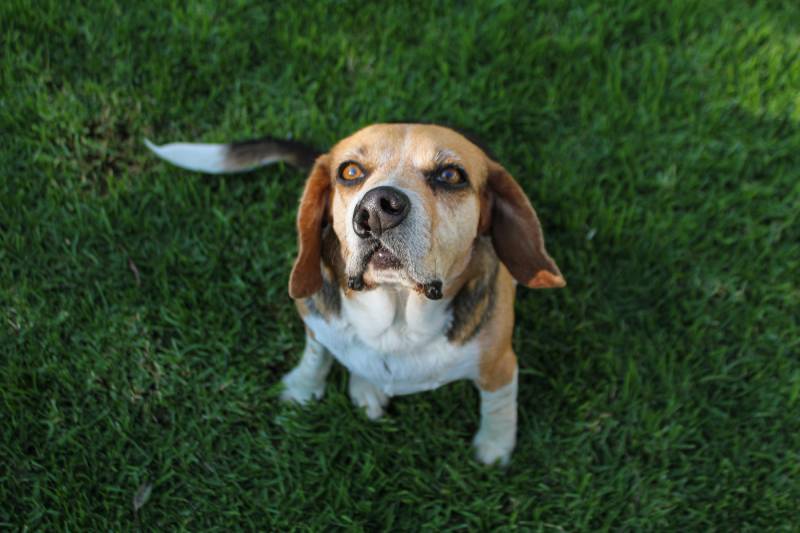
Click to Skip Ahead
Cleft palate is a condition that can cause many issues in puppies and dogs. A cleft palate is a defect in the roof of a dog’s mouth, leading to a connection between the oral and nasal cavities. Most people are familiar with cleft palates in babies but may not realize puppies can also be born with this congenital condition. Adult dogs can also develop a cleft palate from various causes.
Depending on the dog’s age and the severity of the defect, a cleft palate can lead to several other health issues affecting a dog’s quality of life and well-being.
What Is a Cleft Palate?
A cleft palate is a congenital or acquired condition with a gap or opening in the roof (hard palate) of a dog’s mouth. A congenital cleft palate occurs when the hard palate fails to form properly during a particular point of a puppy’s fetal development period. Because of this genetic condition, the puppy’s hard palate fails to fuse properly, leading to an opening in the palate that can extend from the back of the mouth toward the nasal cavity.
Congenital cleft palates can vary significantly in size and severity, from a very small hole measuring only a few millimeters to a large cleft affecting the entire palate. The lack of tissue connecting the mouth and nasal cavity can result in problems for the dog, including difficulties eating and drinking normally, poor growth, and respiratory problems.

What Are the Signs of a Cleft Palate?
Identifying a cleft palate in puppies and dogs requires careful observation, as some signs are subtle or vague. When a cleft palate is significant, the signs are often easier to notice, and the cleft itself may be visible to an untrained eye.
- Difficulty nursing: Newborn puppies with a cleft palate often have difficulty latching onto their mother’s teat due to the abnormal mouth structure. Because of the hole between the oral and nasal cavities, they often have difficulty creating enough suction to draw down milk from the teat.
- Poor growth and failure to thrive: When newborn puppies are unable to nurse and eat normally, they are not able to obtain enough nutrients leading to lethargy, poor growth, and failure to thrive.
- Nasal discharge and other issues: When a dog consumes milk, water, or food, some may accidentally travel into the nasal cavity causing sneezing, nasal discharge, nasal inflammation, gagging, and regurgitation.
- Aspiration pneumonia: When a puppy or dog with a cleft palate accidentally breathes in milk, water, or food, the lungs can become infected, developing a condition called aspiration pneumonia. Signs of aspiration pneumonia can include coughing, fever, lethargy, difficulty breathing, and even death.
- Facial deformity: Some puppies with a cleft palate also have a facial defect called a cleft lip.
What Are the Causes of a Cleft Palate?
There are two types of cleft palate in puppies and dogs: congenital cleft palate and acquired cleft palate.
Congenital cleft palate is a palatal defect that is present at birth. Puppies with cleft palates are born with the defect due to a failure of the palate to properly fuse during day 25 to 28 of gestation.
- Genes: In many cases, a cleft palate is considered a genetic abnormality. Certain dog breeds have a higher disposition to cleft palate, including some common brachycephalic breeds like Boxers, Boston Terriers, Pekingese, and Bulldogs. Other purebred dogs that may have cleft palate include Miniature Schnauzers, Beagles, Cocker Spaniels, and Dachshunds. Dogs with any evidence of a cleft palate, no matter how severe, should be spayed or castrated and not used for breeding.
- Nutrition: Poor nutrition for the female during her pregnancy can increase the risk of congenital cleft palate in her puppies. Malnutrition of essential nutrients, including folic acid and vitamin A, can lead to disrupted fetal development, such as cleft palates.
- Medications: If a pregnant dog takes certain medications during her pregnancy, there is an increased risk for cleft palate in her puppies. These high-risk medications include steroids, aspirin, griseofulvin, and certain anti-seizure medications.
- Infections: Puppies can develop a cleft palate if their mother becomes infected with certain viruses during specific moments of her pregnancy.
Acquired cleft palates are palatal defects newly obtained in a previously normal hard palate.
- Trauma: Certain types of trauma, such as hit-by-car accidents, bite wounds, gunshot injuries, burns, blunt-force trauma, or falls from high elevations, can lead to acquired cleft palate.
- Periodontal (or dental) disease: Significant dental disease leading to severe inflammation, recession and erosion of the teeth, periodontal bone, and surrounding tissues can result in an acquired cleft palate.
- Cancer: Certain cancers can cause enough inflammation and destruction of the normal oral tissues resulting in an acquired cleft palate.
- Foreign bodies stuck in the mouth: Foreign bodies (e.g., sticks, grass awns) in the oral cavity can lead to acquired cleft palates.
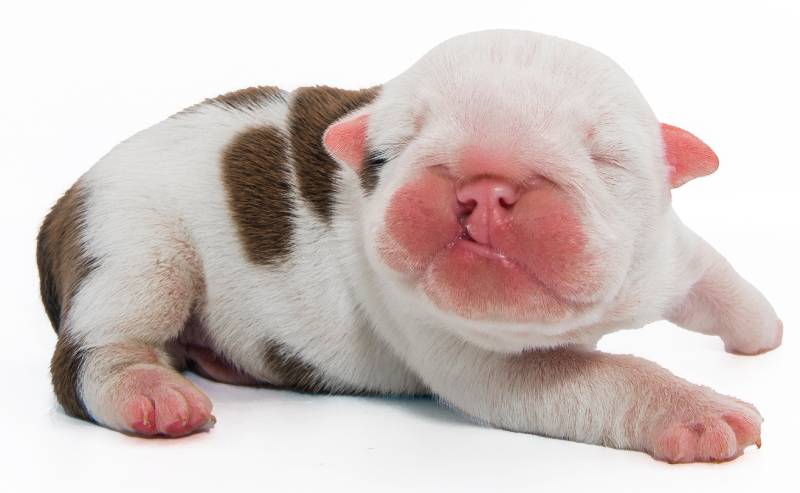
How Do I Care for a Dog With a Cleft Palate?
Given the long-term consequences of cleft palate in dogs, it is crucial to provide the necessary care for a dog with this condition. Here are some important steps to properly care for your dog with a cleft palate:
If you suspect your puppy or dog has a cleft palate, it is essential to consult your veterinarian. This is especially important in puppies whose nutritional state may be severely impacted by the defect. A thorough veterinary physical examination is often enough to properly diagnose the condition in puppies. Older dogs may require sedation to thoroughly inspect the oral cavity.
Depending on the dog’s other clinical signs, your vet may also recommend imaging of the lungs or skull to fully evaluate the anatomy and any secondary impacts on the respiratory system. If the palate defect is suspected to be caused by an infection, foreign body, or tumor, your veterinarian may recommend additional diagnostics or procedures to better understand the situation in your dog’s mouth.
Newborn puppies with cleft palates often require alternative feeding approaches, such as tube feeding until they are old enough (about 8 to 12 weeks) to undergo surgery to correct the defect. Tube feeding a puppy with a cleft palate ensures the puppy is properly nourished without the risk of aspiration pneumonia. Your veterinarian may also recommend a special diet to ensure your puppy or older dog is receiving enough nutrients for growth, development, and general well-being.
Your veterinarian may recommend specific dental care routines at home as well as regular dental cleanings and check-ups.
Frequently Asked Questions (FAQ)
What Are the Treatment Options for Cleft Palate in Dogs?
Surgical repair is the most common treatment option for most congenital and acquired cleft palate cases. Since the surgical correction procedure is an advanced procedure requiring special training and experience, it is best done by a board-certified veterinary dentist or surgeon. Depending on the location, size, and severity of the cleft, a few different surgical techniques can be used to correct the problem. Most dogs will require more than one procedure to fully correct the defect.
It is important to note that not all dogs with cleft palates are good candidates for anesthesia and surgical repair. The dog’s overall health status, size and location of the defect, and the possibility of providing appropriate post-operative care are all factors that should be considered before surgery is performed.
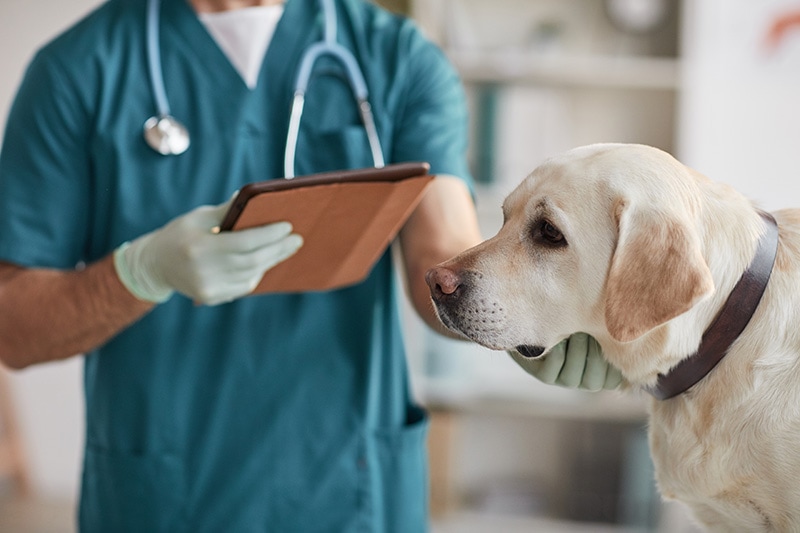
Can a Cleft Palate Repair Itself in Dogs?
Most cleft palates require surgical correction. Very small acquired cleft palates, such as those caused by periodontal disease, cancer, foreign body, or trauma, can sometimes heal without surgical repair. However, this is not a common outcome. A congenital cleft palate in a puppy cannot repair itself.
Final Thoughts
Cleft palates in dogs are holes in the roof of the mouth, leading to a connection between the oral and nasal cavities. Puppies can have congenital cleft palates at birth, while dogs of any age can acquire a cleft palate from various causes such as trauma, dental disease, foreign bodies, and cancer. Complications arising from a cleft palate largely depend on the dog’s age and the size and location of the defect. Most cases of cleft palate cannot be repaired themselves and will require surgery.
Featured Image Credit: paugarzagarcia, Shutterstock


